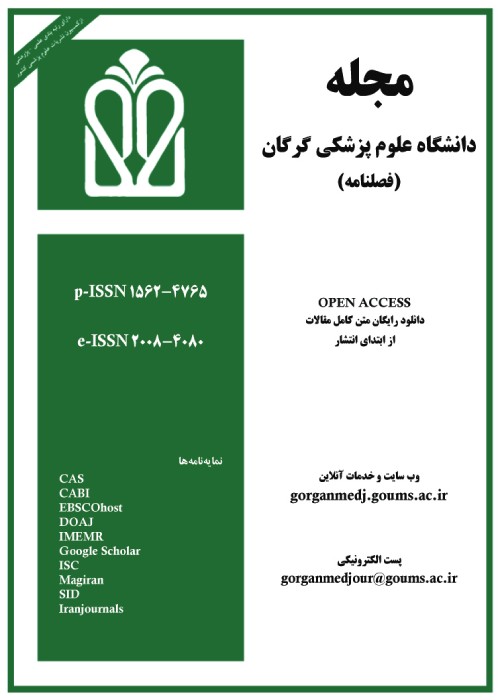Liver toxicity of multiwall carbon nanotubes in rats
Author(s):
Article Type:
Research/Original Article (دارای رتبه معتبر)
Abstract:
Background and Objective
Multiwall carbon nanotubes nowadays have multiple uses in the field of drug and gene delivery and other biological fields, and it is necessary to study their potential toxicity on organisms due to unique properties of these nanostructures. This study was conducted to determine the toxicity of multi-wall carbon nanotubes functionalized with carboxylic groups on the function and structure of the rats liver tissue.
Methods
In this experimental study, 50 mature female Wistar Rats were randomly allocated into five groups including the control group of normal saline and Tween and treatment groups 2.5, 5, 10, 20 mg/kg/bw concentrations of multi-wall carbon nanotubes functionalized with carboxylic group with diameter less than 8 nm and length 30 micrometers that was received in 8 steps, intraperitoneally. Blood sampling was performed in two steps (The first stage was one day after the last injection and the second stage was 20 days after the last injection). The level of activity of the aspartate aminotransferase (AST), alanine aminotransferase (ALT), alkaline phosphatase (ALP) enzymes and the amount of malondialdehyde were measured in serum. By preparing the tissue sections of the liver, a number of rats in each group (after 20 days from the last injection) with hematoxylin-eosin staining, the tissue structure of the liver was examined by optical microscopy. Animals were weighed before and after treatment.
Results
In the first stage, only the mean of AST activity at 5 mg/kg/bw concentration was significantly increased (P<0.05). In the second stage, ALP activity was significantly reduced (P<0.05) in all doses higher than 2.5 mg/kg/bw and the activity of AST and ALT in doses of 5 and 10 mg/kg/bw was significantly reduced (P<0.05) and in the dose of 2.5 mg/kg/bw was significantly increased (P<0.05). Histologic studies revealed disturbances such as degeneration of the vein wall of the lobular center, degeneration of the nucleus and hepatocyte lysis with severe atrophy, irregularity and dilatation of the sinusoids and accumulation of inflammatory cells in the treatment groups in dose-dependent manner. Based on the above findings the most disturbances were related to the 20 mg/kg/bw concentration.
Conclusion
It seems that multi-wall carbon nanotubes functionalized with carboxylic group, even in small amounts (2.5 and 5 mg/kg/bw) after 20 days, are toxic on the liver and cause liver tissue and function impairment.Keywords:
Language:
Persian
Published:
Journal of Gorgan University of Medical Sciences, Volume:20 Issue: 4, 2019
Pages:
36 to 43
magiran.com/p1928124
دانلود و مطالعه متن این مقاله با یکی از روشهای زیر امکان پذیر است:
اشتراک شخصی
با عضویت و پرداخت آنلاین حق اشتراک یکساله به مبلغ 1,390,000ريال میتوانید 70 عنوان مطلب دانلود کنید!
اشتراک سازمانی
به کتابخانه دانشگاه یا محل کار خود پیشنهاد کنید تا اشتراک سازمانی این پایگاه را برای دسترسی نامحدود همه کاربران به متن مطالب تهیه نمایند!
توجه!
- حق عضویت دریافتی صرف حمایت از نشریات عضو و نگهداری، تکمیل و توسعه مگیران میشود.
- پرداخت حق اشتراک و دانلود مقالات اجازه بازنشر آن در سایر رسانههای چاپی و دیجیتال را به کاربر نمیدهد.
In order to view content subscription is required
Personal subscription
Subscribe magiran.com for 70 € euros via PayPal and download 70 articles during a year.
Organization subscription
Please contact us to subscribe your university or library for unlimited access!


